This project is part of the @thi.ng/umbrella monorepo.
- About
- Status
- Support packages
- Related packages
- Installation
- Dependencies
- Usage examples
- API
- Authors
- License
Typedarray integer & float pixel buffers w/ customizable formats, blitting, drawing, convolution.
- Buffer creation from HTML image elements w/ opt resize & format conversion (browser only)
- Buffer-to-buffer blitting w/ automatic format conversion
- Buffer-to-canvas blitting
- Buffer-to-buffer blending w/ Porter-Duff operators
- Pre/post-multiply alpha
- Region / sub-image extraction
- Single-channel manipulation / extraction / replacement / conversion
- k-means based dominant color extraction (float buffers only)
- Accessors for normalized channel value
- Image sampling, resizing, pooling
- Filters: nearest neighbor, bilinear, bicubic
- Wrap behaviors: clamp, wrap, repeat
- Pooling: mean/min/max
- Invert image
- Convolution w/ arbitrary shaped/sized kernels, pooling, striding
- Convolution kernel & pooling kernels presets
- Higher order kernel generators (Gaussian, Lanczos)
- Image pyramid generation (w/ customizable kernels)
- Customizable normal map generation (i.e. X/Y gradients plus static Z component)
- XY full pixel & channel-only accessors
- 12 packed integer and 6 floating point preset formats (see table below)
- Declarative custom format & optimized code generation
- HTML canvas creation &
ImageDatautilities
All integer formats use the canvas native ABGR 32bit format as common intermediate for conversions. During conversion to ABGR, channels with sizes smaller than 8 bits will be scaled appropriately to ensure an as full-range and as linear as possible mapping. E.g. a 4 bit channel will be scaled by 255 / 15 = 17.
Format specs can freely control channel layout within current limits:
- Channel sizes: 1 - 32 bits.
- Storage: 8, 16 or 32 bits per pixel
New formats can be defined via defIntFormat().
| Format ID | Bits per pixel | Description |
|---|---|---|
ALPHA8 |
8 | 8 bit channel (alpha only) |
GRAY8 |
8 | 8 bit single channel (grayscale conv) |
GRAY_ALPHA8 |
16 | 8 bit single channel (grayscale conv), 8 bit alpha |
GRAY16 |
16 | 16 bit single channel (grayscale conv) |
GRAY_ALPHA16 |
32 | 16 bit single channel (grayscale conv), 16 bit alpha |
ARGB4444 |
16 | 4 channels @ 4 bits each |
ARGB1555 |
16 | 5 bits each for RGB, 1 bit alpha |
RGB565 |
16 | 5 bits red, 6 bits green, 5 bits blue |
RGB888 |
32 (24 effective) | 3 channels @ 8 bits each |
ARGB8888 |
32 | 4 channels @ 8 bits each |
BGR888 |
32 (24 effective) | 3 channels @ 8 bits each |
ABGR8888 |
32 | 4 channels @ 8 bits each |
ALPHA8is mapped from/to ABGR alpha channelGRAY8/16,GRAY_ALPHA8/16compute grayscale/luminance when converting from ABGR and in return produce grayscale ABGR- In all built-in formats supporting it, the alpha channel always occupies the most-significant bits (up to format size)
Strided floating point format presets for use with floatBuffer(). New
formats can be defined via defFloatFormat().
| Format ID | Channel count | Description |
|---|---|---|
FLOAT_GRAY |
1 | Single channel / grayscale |
FLOAT_GRAY_ALPHA |
2 | Grayscale and alpha channel |
FLOAT_GRAY_RANGE |
1 | Grayscale (user defined value range) |
FLOAT_NORMAL |
3 | Normal map (signed values) |
FLOAT_RGB |
3 | Red, Green, Blue |
FLOAT_RGBA |
4 | Red, Green, Blue, Alpha |
- All color channels are unclamped (but can be clamped via
buf.clamp()). For conversion to packed int formats assumed to contain normalized data (i.e. [0..1] interval, with exception ofFLOAT_NORMALwhich uses [-1..1] range) - Conversion between float formats is currently unsupported
Available (and optimized) for both integer & floating point formats, image samplers can be created with the following filters & wrap modes:
"nearest"- nearest neighbor"linear"- bilinear interpolation"cubic"- bicubic interpolation
"clamp"- outside values return 0"wrap"- infinite tiling"repeat"- edge pixels are repeated
const src = intBuffer(4, 4, ABGR8888);
// fill w/ random colors
src.forEach((_,i) => 0xff000000 | Math.random() * 0xffffff);
// create bilinear sampler w/ repeated edge pixels
const sampler = defSampler(src, "linear", "repeat");
// sample at fractional positions (even outside image)
sampler(-1.1, 0.5).toString(16)
// 'ff79643a'
// resize image to 1024x256 using bicubic sampling
const img = src.resize(1024, 256, "cubic");| Filter | |
|---|---|
"nearest" |
|
"linear" |
|
"cubic" |
Floating point buffers can be processed using arbitrary convolution kernels. The following convolution kernel presets are provided for convenience:
| Kernel | Size |
|---|---|
BOX_BLUR3 |
3x3 |
BOX_BLUR5 |
5x5 |
GAUSSIAN_BLUR3 |
3x3 |
GAUSSIAN_BLUR5 |
5x5 |
GAUSSIAN(n) |
2n+1 x 2n+1 |
HIGHPASS3 |
3x3 |
LANCZOS(a,s) |
as+1 x as+1 |
SHARPEN3 |
3x3 |
SOBEL_X |
3x3 |
SOBEL_Y |
3x3 |
UNSHARP_MASK5 |
5x5 |
Custom kernels can be defined (and code generated) using an array of
coefficients and a given kernel size. See above presets and
defKernel() for
reference.
Furthermore, convolution supports striding (i.e. only processing & keeping every nth pixel column/row, aka downscaling) and pixel pooling (e.g. for ML applications). Available pooling kernel presets (kernel sizes must be configured independently):
| Kernel | Description |
|---|---|
POOL_MEAN |
Moving average |
POOL_MAX |
Local maximum |
POOL_MIN |
Local minimum |
POOL_NEAREST |
Nearest neighbor |
POOL_THRESHOLD(bias) |
Adaptive threshold |
Convolution can be applied to single, multiple or all channels of a
FloatBuffer. See
convolveChannel()
and
convolveImage().
See ConvolveOpts for config options.
// convolutions are only available for float buffers (for now)
src = floatBuffer(read("test.ppm"), FLOAT_RGB);
// apply horizontal Sobel kernel preset to all channels
// downscale image by factor 2 (must be integer)
// scale kernel result values by factor 4
convolveImage(src, { kernel: SOBEL_X, stride: 2, scale: 4 });Normal maps can be created via normalMap(). This function uses an adjustable
convolution kernel size to control gradient smoothness & details. Result X/Y
gradients can also be scaled (uniform or anisotropic) and the Z component can be
customized to (default: 1.0). The resulting image is in FLOAT_NORMAL format,
using signed channel values. This channel format is auto-translating these into
unsigned values when the image is converted into an integer format.
| Step | Scale = 1 | Scale = 2 | Scale = 4 | Scale = 8 |
|---|---|---|---|---|
| 0 | ||||
| 1 | ||||
| 2 | ||||
| 3 |
import { floatBuffer, normalMap, FLOAT_GRAY, RGB888 } from "@thi.ng/pixel";
import { asPPM, read } from "@thi.ng/pixel-io-netpbm";
// read source image into a single channel floating point buffer
const src = floatBuffer(read(readFileSync("noise.pgm")), FLOAT_GRAY);
// create normal map (w/ default options)
const nmap = normalMap(src, { step: 0, scale: 1 });
// pixel lookup (vectors are stored _un_normalized)
nmap.getAt(10, 10);
// Float32Array(3) [ -0.019607841968536377, -0.04313725233078003, 1 ]
// save as 24bit PBM, conversion to RGB int format first
writeFileSync("noise-normal.ppm", asPPM(nmap.as(RGB888)));The
dominantColors()
function applies k-means
clustering to
extract the dominant colors from the given image. The clustering can be
configured. The function returns an array of { color, area } objects (sorted
by descending area), where color is a cluster's dominant color (in the format
of the source image) and area the normalized cluster size (number of selected
pixels over total number of pixels in the image).
Also see the dominant colors example project & online tool based on this function. Furthermore, the thi.ng/color-palettes package provides 200+ curated color themes extracted from images using this function...
Picture credit: /u/kristophershinn
// read test PPM image and convert into float RGB format
const img = floatBuffer(read(readFileSync(`test.ppm`)), FLOAT_RGB);
// extract 5 dominant color clusters
const clusters = dominantColors(img, 5);
console.log(clusters);
// [
// {
// color: [ 0.4000000059604645, 0.30980393290519714, 0.21176470816135406 ],
// area: 0.3141084558823529
// },
// {
// color: [ 0.21960784494876862, 0.19607843458652496, 0.1411764770746231 ],
// area: 0.2780330882352941
// },
// {
// color: [ 0.4156862795352936, 0.4745098054409027, 0.5647059082984924 ],
// area: 0.16620710784313725
// },
// {
// color: [ 0.6666666865348816, 0.7568627595901489, 0.9254902005195618 ],
// area: 0.12385110294117647
// },
// {
// color: [ 0.7176470756530762, 0.4745098054409027, 0.12941177189350128 ],
// area: 0.11780024509803921
// }
// ]STABLE - used in production
Search or submit any issues for this package
- @thi.ng/pixel-dither - Extensible image dithering w/ various algorithm presets
- @thi.ng/pixel-io-geotiff - GeoTIFF reader support for @thi.ng/pixel
- @thi.ng/pixel-io-netpbm - Multi-format NetPBM reader & writer support for @thi.ng/pixel
- @thi.ng/color - Array-based color types, CSS parsing, conversions, transformations, declarative theme generation, gradients, presets
- @thi.ng/porter-duff - Porter-Duff operators for packed ints & float-array alpha compositing
- @thi.ng/rasterize - 2D shape drawing & rasterization
- @thi.ng/shader-ast - DSL to define shader code in TypeScript and cross-compile to GLSL, JS and other targets
- @thi.ng/webgl - WebGL & GLSL abstraction layer
yarn add @thi.ng/pixelES module import:
<script type="module" src="https://cdn.skypack.dev/@thi.ng/pixel"></script>For Node.js REPL:
const pixel = await import("@thi.ng/pixel");Package sizes (brotli'd, pre-treeshake): ESM: 9.22 KB
- @thi.ng/api
- @thi.ng/binary
- @thi.ng/checks
- @thi.ng/distance
- @thi.ng/errors
- @thi.ng/k-means
- @thi.ng/math
- @thi.ng/porter-duff
Several demos in this repo's /examples directory are using this package.
A selection:
| Screenshot | Description | Live demo | Source |
|---|---|---|---|
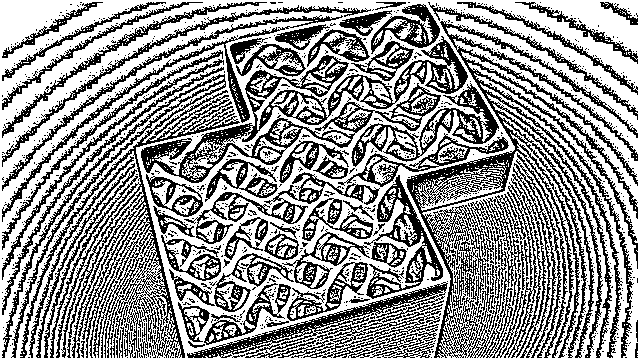 |
Interactive image processing (adaptive threshold) | Demo | Source |
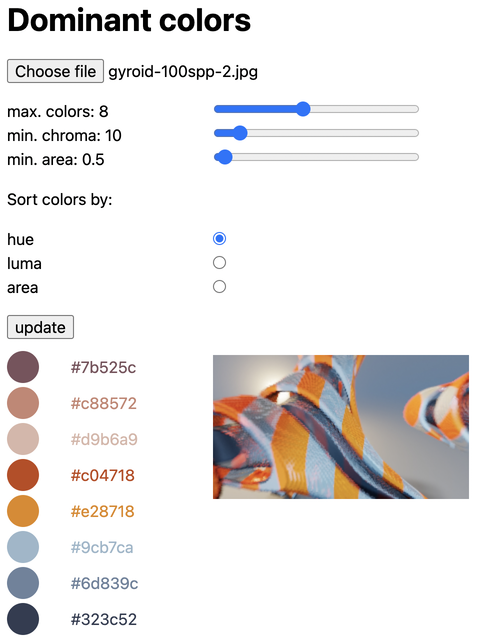 |
Color palette generation via dominant color extraction from uploaded images | Demo | Source |
| Pixel buffer manipulations | Demo | Source | |
| Showcase of various dithering algorithms | Demo | Source | |
| Image dithering and remapping using indexed palettes | Demo | Source | |
| Normal map creation/conversion basics | Demo | Source | |
| Interactive pixel sorting tool using thi.ng/color & thi.ng/pixel | Demo | Source | |
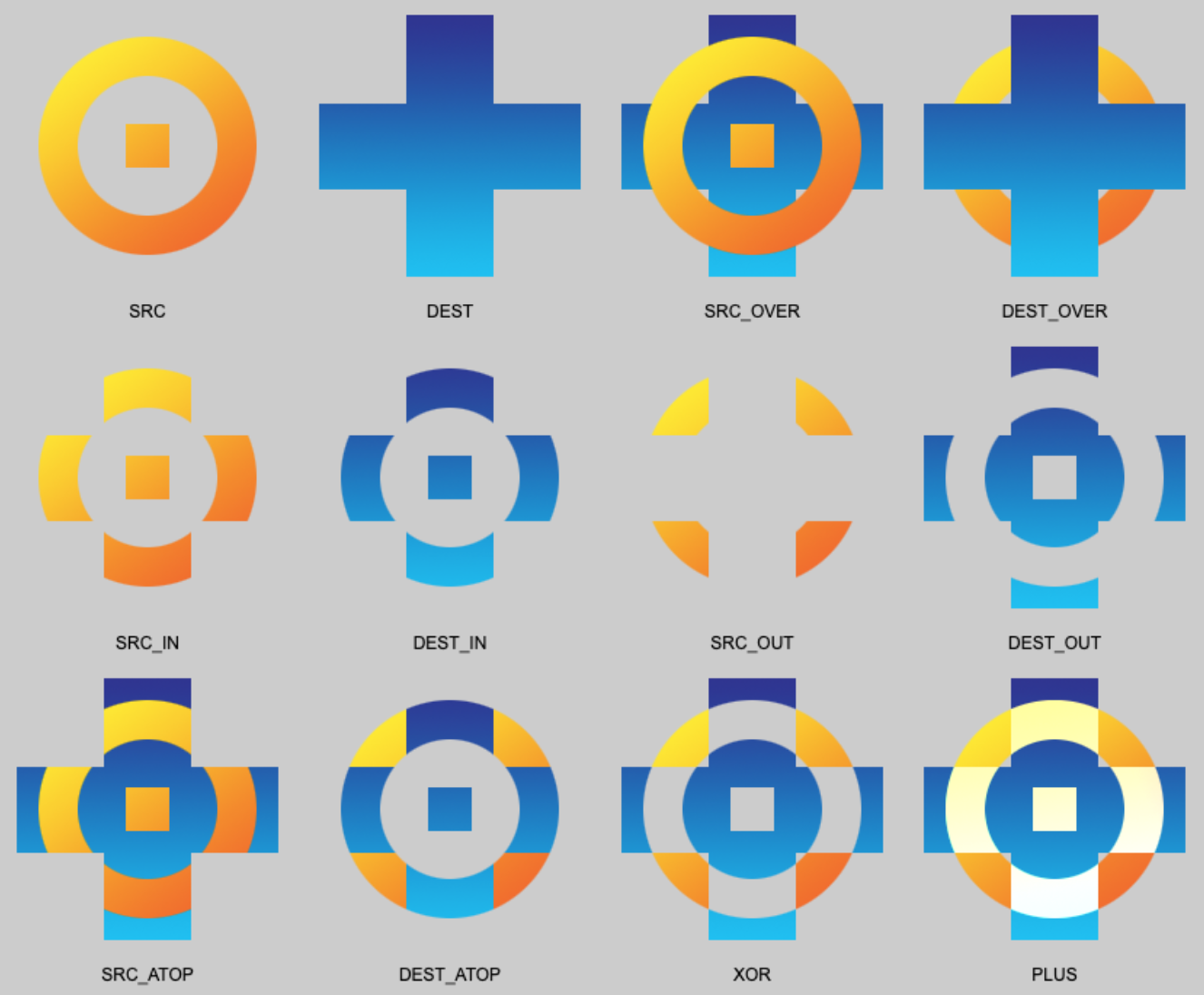 |
Port-Duff image compositing / alpha blending | Demo | Source |
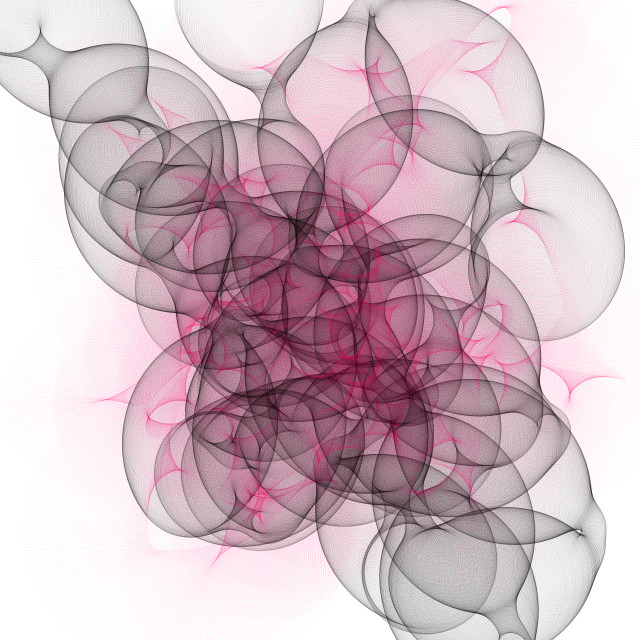 |
Steering behavior drawing with alpha-blended shapes | Demo | Source |
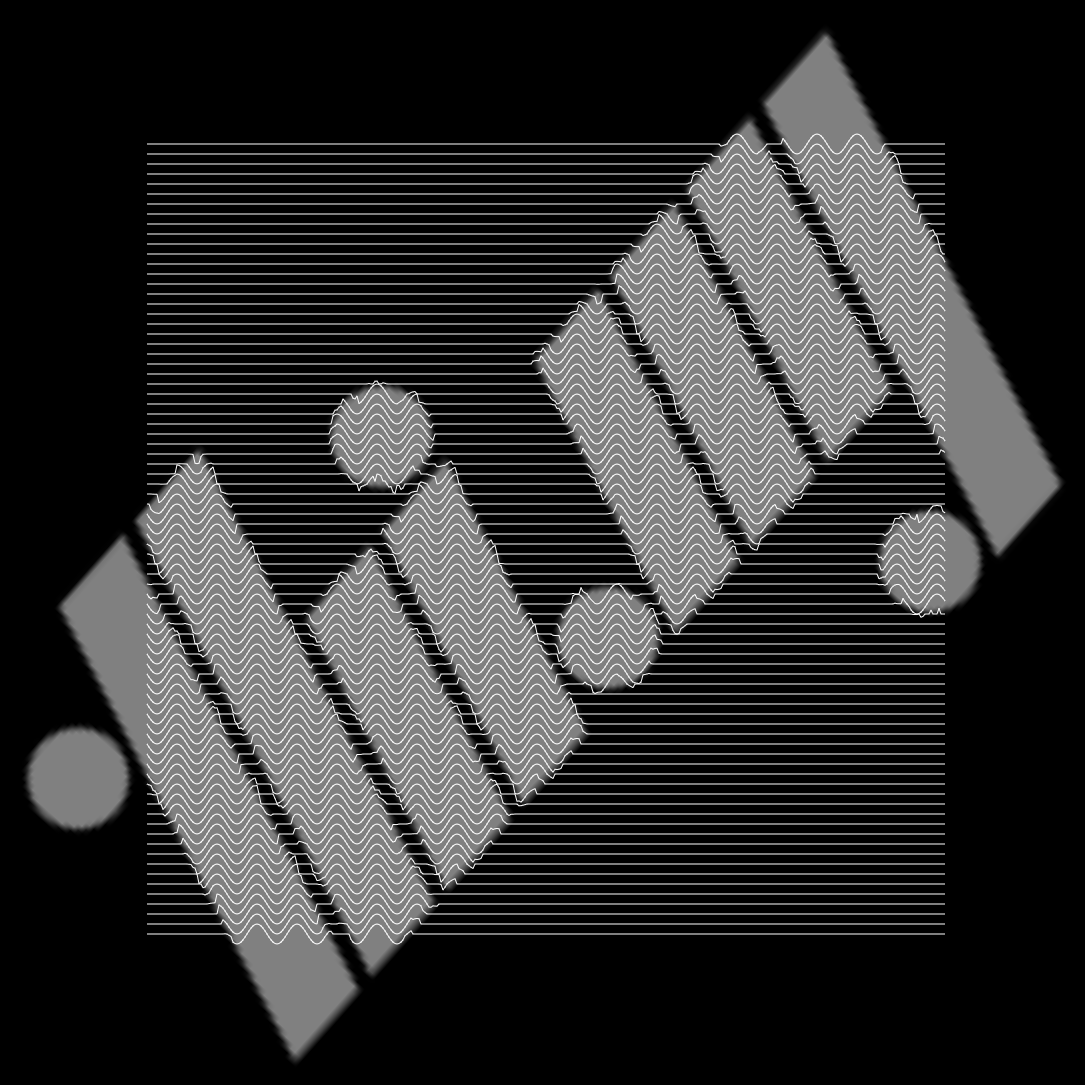 |
2D scenegraph & image map based geometry manipulation | Demo | Source |
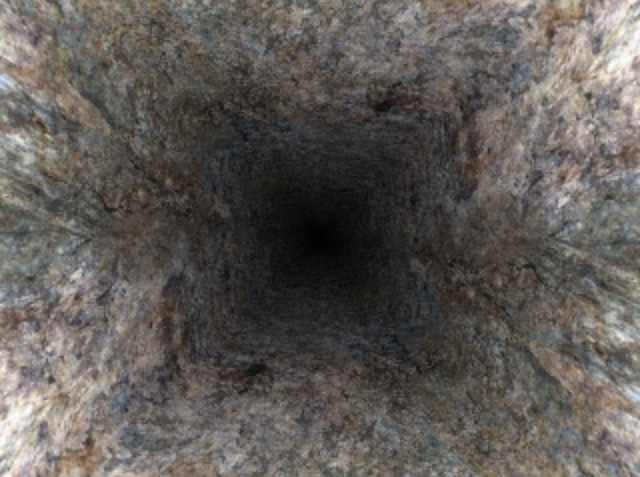 |
WebGL & Canvas2D textured tunnel shader | Demo | Source |
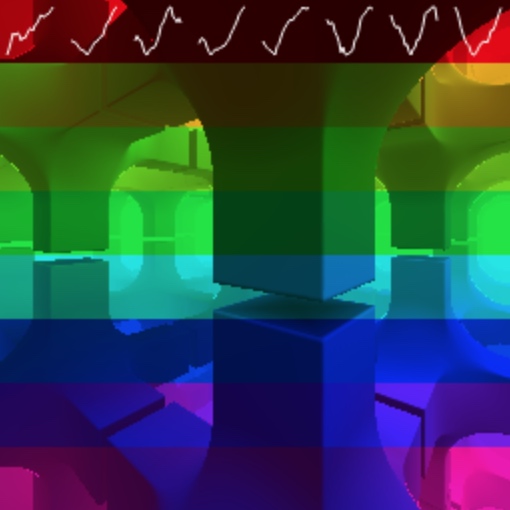 |
Fork-join worker-based raymarch renderer (JS/CPU only) | Demo | Source |
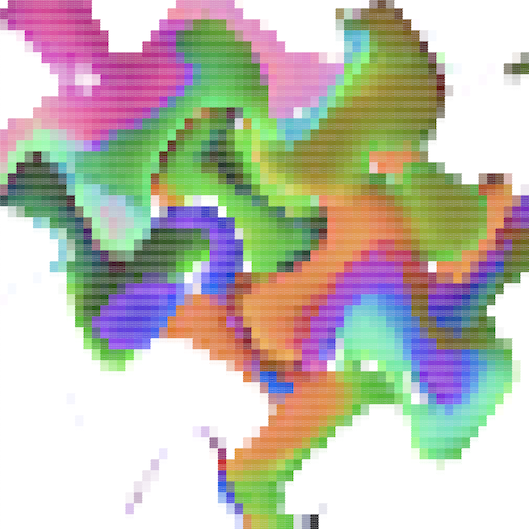 |
Textmode image warping w/ 16bit color output | Demo | Source |
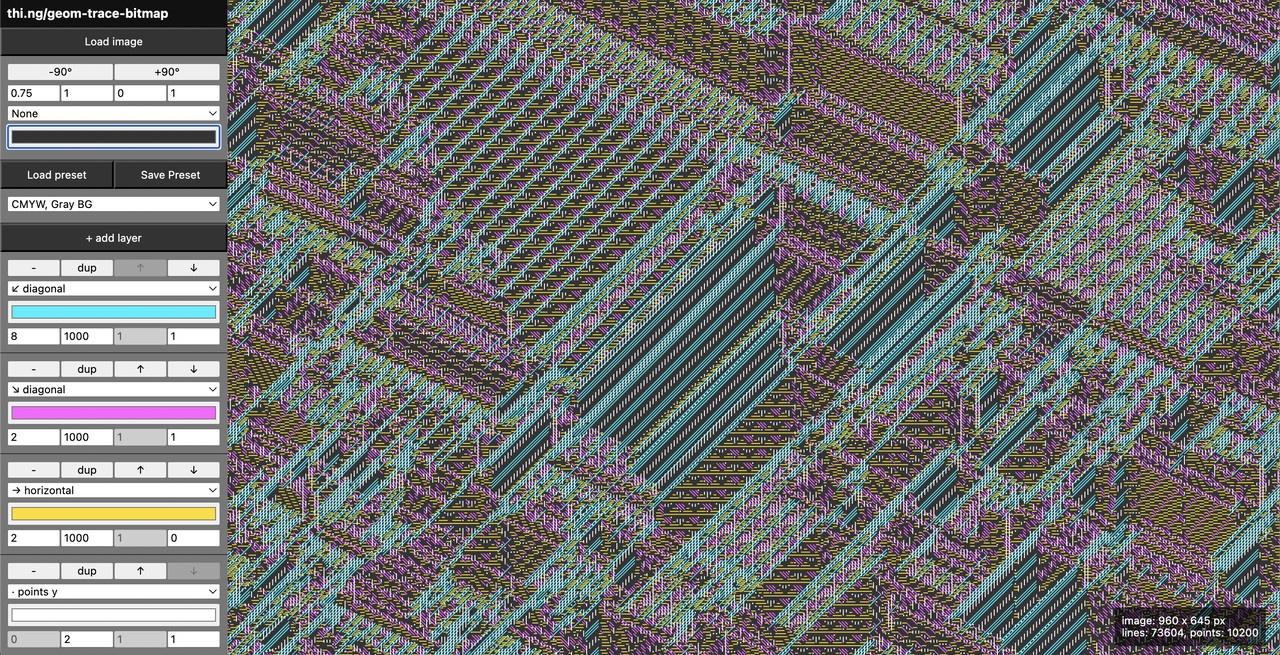 |
Multi-layer vectorization & dithering of bitmap images | Demo | Source |
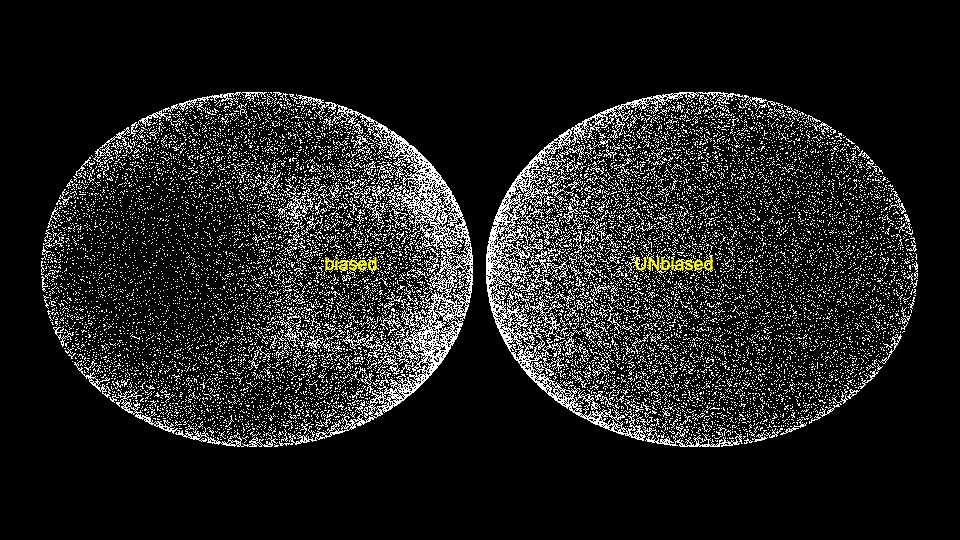 |
Visual comparison of biased vs. unbiased normal vectors projected on the surface of a sphere | Demo | Source |
| Minimal multi-pass / GPGPU example | Demo | Source |
import * as pix from "@thi.ng/pixel";
import { SRC_OVER_I } from "@thi.ng/porter-duff";
import IMG from "../assets/haystack.jpg";
import LOGO from "../assets/logo-64.png";
Promise
.all([IMG, LOGO].map(pix.imagePromise))
.then(([img, logo]) => {
// init 16 bit packed RGB pixel buffer from image (resized to 256x256)
const buf = intBufferFromImage(img, pix.RGB565, 256, 256);
// create grayscale buffer for logo and use Porter-Duff operator to
// composite with main image. Since the logo has transparency, we need
// to premultiply alpha first...
pix.intBufferFromImage(logo, pix.GRAY_ALPHA88)
.premultiply()
.blend(SRC_OVER_I, buf, {
dx: 10,
dy: 10
});
// extract sub-image
const region = buf.getRegion(32, 96, 128, 64);
// copy region back at new position
region.blit(buf, { dx: 96, dy: 32 });
// or alternatively blit buf into itself
// buf.blit(buf, { dx: 96, dy: 32, sx: 32, sy: 96, w: 128, h: 64 });
// create html canvas
// (returns obj of canvas & 2d context)
const ctx = pix.canvas2d(buf.width, buf.height * 3, document.body);
// write pixel buffer to canvas
buf.blitCanvas(ctx.canvas);
// manipulate single color channel (here red)
const id = 0;
// obtain channel & invert
const ch = buf.getChannel(id).invert();
// create dot pattern
for (let y = 0; y < ch.height; y += 2) {
for (let x = (y >> 1) & 1; x < ch.width; x += 2) {
ch.setAt(x, y, 0xff);
}
}
// replace original channel
buf.setChannel(id, ch);
// write pixel buffer to new position
buf.blitCanvas(ctx.canvas, { y: buf.height });
// create & write grayscale version
buf.as(GRAY8).blitCanvas(ctx.canvas, { y: buf.height * 2 });
});TODO see examples & source comments for now
If this project contributes to an academic publication, please cite it as:
@misc{thing-pixel,
title = "@thi.ng/pixel",
author = "Karsten Schmidt",
note = "https://thi.ng/pixel",
year = 2019
}© 2019 - 2023 Karsten Schmidt // Apache License 2.0